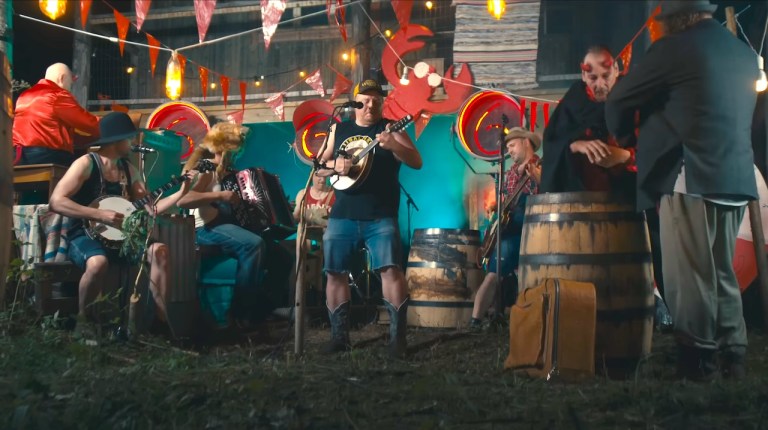Honey Ants Fatten Up Their Largest Sisters to Act as Storage Tanks for When Food Is Scarce
Lesley McClurg of the KQED series Deep Look explains how honeypot ants fatten up their largest sisters in order to turn them into storage tanks for when food is scarce.
These fattened ants, known as repletes, have flexible posteriors called crops. These crops stretch like balloons and can contain a respectively enormous amount of food. Worker ants feed nectar and other liquids into the mouths of these repletes until their crop is full. The replete will regurgitate the nectar and feed it to a hungry worker ant. Once the stored food is gone, the crop will shrink back down to normal size.
Deep in their underground nests, honeypot ants stuff members of their own colony until they look like golden water balloons. …The glistening globes hanging from the ceiling are actually part of the ants’ bodies. These portly ants are known as repletes. The elixir inside them will nourish the colony when food is scarce in the ants’ arid homelands in the Southwest and






